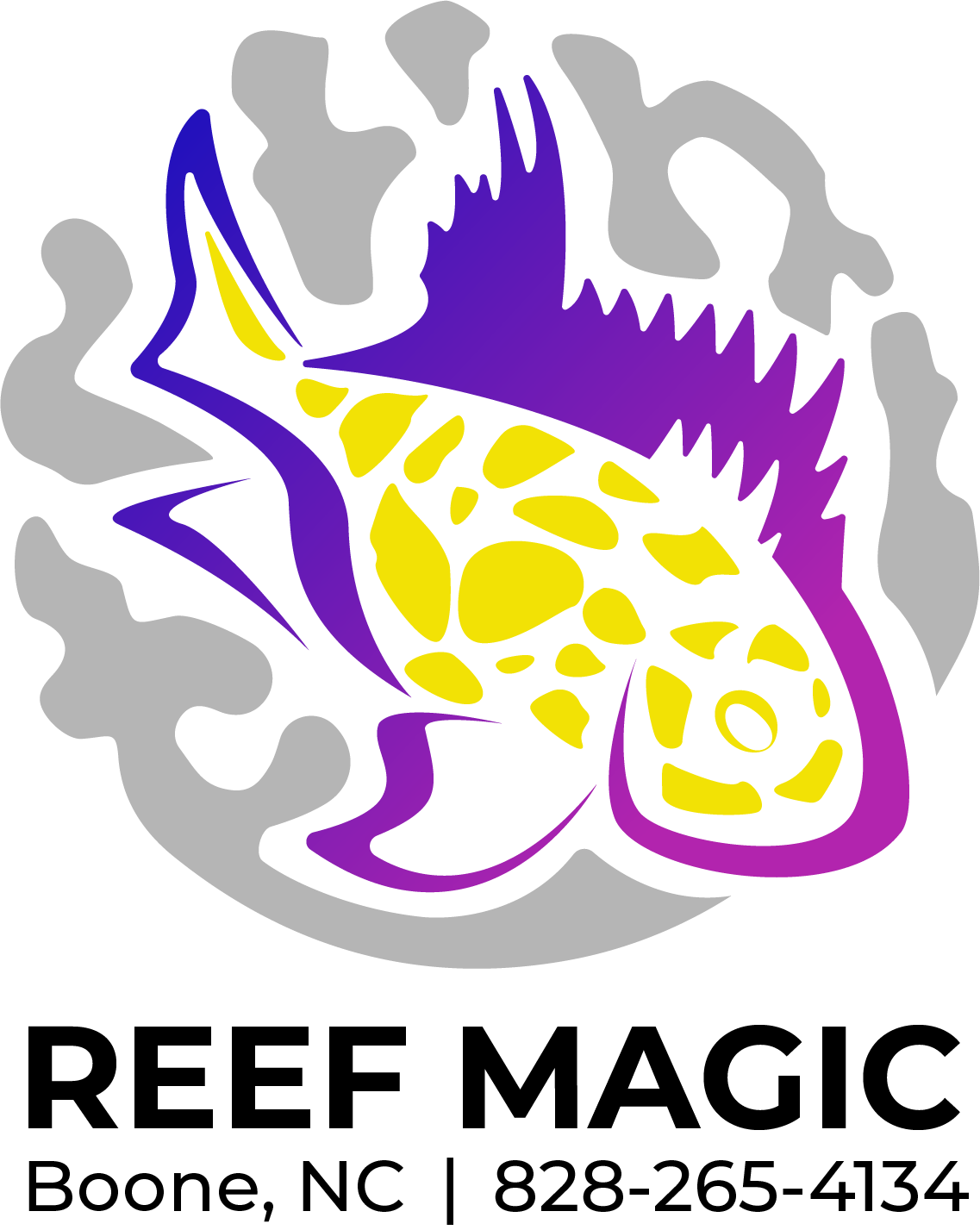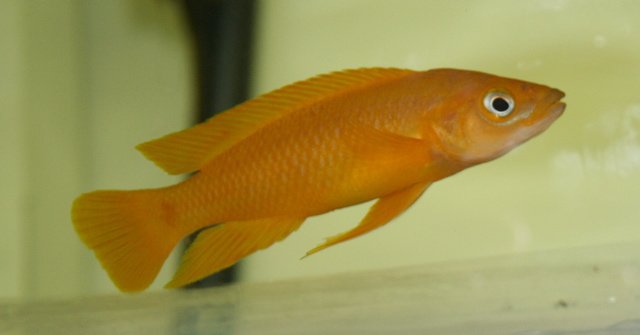 Image 1 of 1
Image 1 of 1


African -Tropheus Black Rotunga (LG)
Tropheus is a genus of cichlid fish native to Lake Tanganyika in East Africa. They are known for their vibrant colors, unique patterns, and social behavior. Here's some general information on caring for Tropheus cichlids:
Tank Requirements:
Tank Size for Tropheus Cichlids: Provide a tank with a minimum capacity of 55 gallons for a small group of Tropheus cichlids. Larger tanks are recommended for larger groups or if keeping them with other fish.
Water Temperature for Tropheus Cichlids: Maintain a temperature between 75-80°F (24-27°C).
Water Parameters for Tropheus Cichlids: Aim for a pH level of 7.8-9.0 and a water hardness of 8-12 dGH.
Tank Setup for Tropheus Cichlids: Use a substrate of fine sand to mimic their natural habitat. Provide plenty of rock formations and caves to create hiding spots, territories, and visual barriers. Decorate the tank with suitable rockwork and avoid having open swimming spaces.
Feeding:
Tropheus Cichlid Diet: They are primarily herbivorous, feeding on algae and plant matter in the wild. In captivity, offer a varied diet that includes high-quality herbivore cichlid pellets or flakes as the staple. Supplement their diet with occasional feedings of spirulina-based foods, blanched vegetables, or algae wafers.
Tankmates:
Compatible Tankmates for Tropheus Cichlids: Due to their aggressive nature and specific water requirements, it's best to keep Tropheus cichlids in a species-specific tank. Mixing them with other fish, especially those with different dietary needs or aggression levels, can lead to conflicts and stress.
Maintenance:
Water Changes for Tropheus Cichlids: Perform regular water changes of 25-30% every 1-2 weeks to maintain water quality and remove accumulated toxins.
Water Testing for Tropheus Cichlids: Regularly test water parameters, including ammonia, nitrite, nitrate, pH, and temperature, to ensure they remain within the appropriate range.
Cleaning: Routinely clean the tank by removing any excess waste, debris, and decaying matter. Clean the filter regularly to ensure efficient water circulation.
Behavior and Health:
Tropheus cichlids are known for their aggressive behavior, especially during breeding and when establishing territories. Provide ample hiding spots and territories within the tank to minimize aggression. It's recommended to keep a higher ratio of females to males to help distribute aggression.
Signs of Good Health: Look for active swimming, vibrant colors, intact fins, clear eyes, and a healthy appetite. Any signs of illness, such as lethargy, loss of appetite, abnormal behavior, or physical abnormalities, should be promptly addressed.
By providing suitable tank conditions, a balanced herbivorous diet, and a species-specific setup, you can create a healthy and engaging environment for your Tropheus cichlids. Observing their social dynamics and vibrant colors will bring enjoyment to your aquarium.
Tropheus is a genus of cichlid fish native to Lake Tanganyika in East Africa. They are known for their vibrant colors, unique patterns, and social behavior. Here's some general information on caring for Tropheus cichlids:
Tank Requirements:
Tank Size for Tropheus Cichlids: Provide a tank with a minimum capacity of 55 gallons for a small group of Tropheus cichlids. Larger tanks are recommended for larger groups or if keeping them with other fish.
Water Temperature for Tropheus Cichlids: Maintain a temperature between 75-80°F (24-27°C).
Water Parameters for Tropheus Cichlids: Aim for a pH level of 7.8-9.0 and a water hardness of 8-12 dGH.
Tank Setup for Tropheus Cichlids: Use a substrate of fine sand to mimic their natural habitat. Provide plenty of rock formations and caves to create hiding spots, territories, and visual barriers. Decorate the tank with suitable rockwork and avoid having open swimming spaces.
Feeding:
Tropheus Cichlid Diet: They are primarily herbivorous, feeding on algae and plant matter in the wild. In captivity, offer a varied diet that includes high-quality herbivore cichlid pellets or flakes as the staple. Supplement their diet with occasional feedings of spirulina-based foods, blanched vegetables, or algae wafers.
Tankmates:
Compatible Tankmates for Tropheus Cichlids: Due to their aggressive nature and specific water requirements, it's best to keep Tropheus cichlids in a species-specific tank. Mixing them with other fish, especially those with different dietary needs or aggression levels, can lead to conflicts and stress.
Maintenance:
Water Changes for Tropheus Cichlids: Perform regular water changes of 25-30% every 1-2 weeks to maintain water quality and remove accumulated toxins.
Water Testing for Tropheus Cichlids: Regularly test water parameters, including ammonia, nitrite, nitrate, pH, and temperature, to ensure they remain within the appropriate range.
Cleaning: Routinely clean the tank by removing any excess waste, debris, and decaying matter. Clean the filter regularly to ensure efficient water circulation.
Behavior and Health:
Tropheus cichlids are known for their aggressive behavior, especially during breeding and when establishing territories. Provide ample hiding spots and territories within the tank to minimize aggression. It's recommended to keep a higher ratio of females to males to help distribute aggression.
Signs of Good Health: Look for active swimming, vibrant colors, intact fins, clear eyes, and a healthy appetite. Any signs of illness, such as lethargy, loss of appetite, abnormal behavior, or physical abnormalities, should be promptly addressed.
By providing suitable tank conditions, a balanced herbivorous diet, and a species-specific setup, you can create a healthy and engaging environment for your Tropheus cichlids. Observing their social dynamics and vibrant colors will bring enjoyment to your aquarium.






